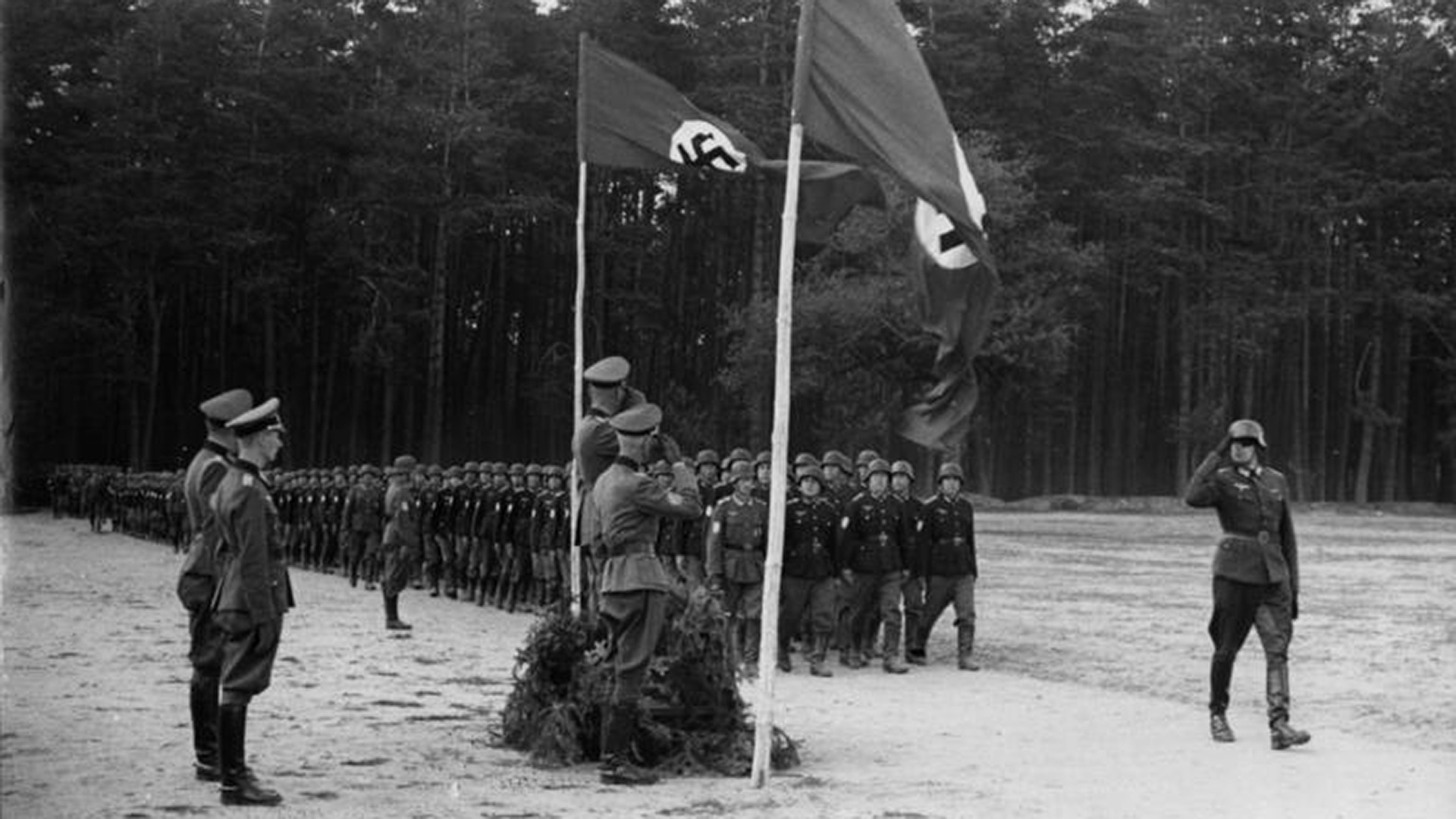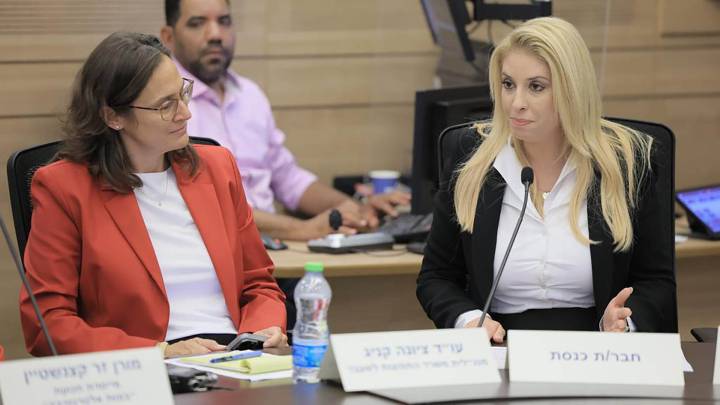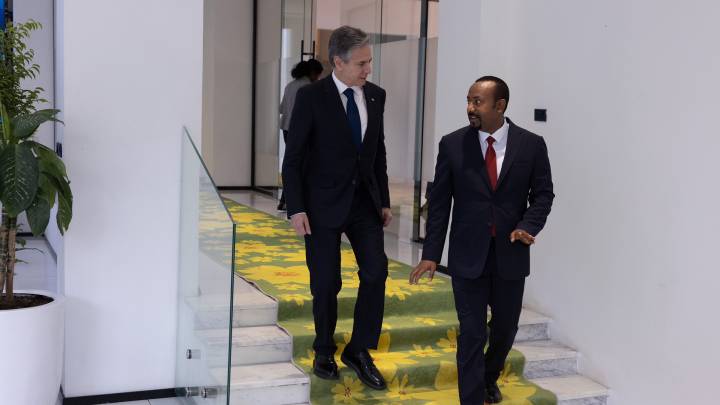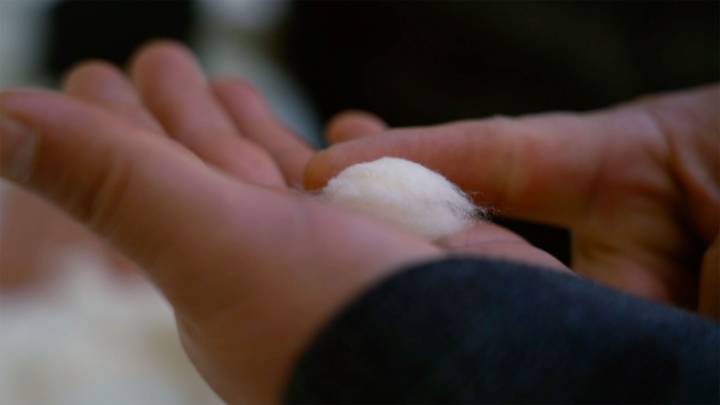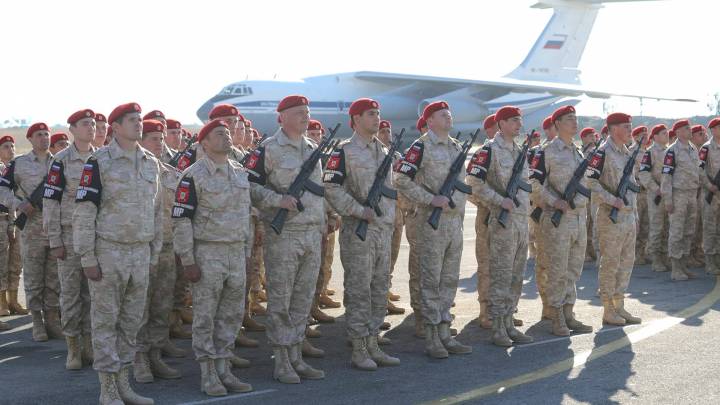Thousands of Muslim Tatars fought for the Wehrmacht against the Soviet Union. The historian Iskander Gilyazov speaks to zenith about the Muslim Idel-Ural Legion, taboos and how history views national heroes and collaborators.
zenith: How did you first become interested in the Wehrmacht’s Tatar units?
Iskander Gilyazov: The history of the so-called Eastern Legions or the Volga-Tatarian Idel-Ural Legion was a taboo for us during the Soviet era. The dominant idea in Soviet historiography held that there were no Soviet collaborators, only traitors. And, of course, traitors aren’t worth studying. Therefore, the soldiers from the Soviet Union who fought for the Wehrmacht were not a problem that Soviet historians wanted to tackle. We in the Soviet Union only ever studied our heroes. Everything else was simply not worth talking about, researching or even mentioning. But we did actually know better.
When did that change?
It was only after the Soviet Union collapsed that there began to be a debate about these taboo subjects. That is why it was only until I came to Germany in 1990, to the University of Cologne, that I could conduct research on the Tatars in the Wehrmacht.
The Wehrmacht’s Idel-Ural Legion is hardly known about even in Germany. What was it exactly?
The Tatar Idel-Ural Legion was part of a larger political and military enterprise devised by Wehrmacht and Nazi party officials. Together they formed the so-called Eastern Legions to show that the Turkic peoples and the Muslims populations of the Soviet Union are actually opponents of Russia, or rather opponents of the Bolsheviks. The great hope was that these Turkic-Muslim populations of the Soviet Union could be allies in the fight against Bolshevism. But in reality, it was just a ploy. The German said quite openly that they wanted to spare German blood.
What was the Legion’s military role in the Wehrmacht?
None, actually. The first battalion of the Idel-Ural Legion was sent to Belarus in February 1943 in a very grandiose manner to fight against partisans. But after a few days these legionaries had established contacts with Belarusian partisans which resulted in an uprising on 23 February. An illegal communist group had infiltrated the legion from early on and began to plan the uprising. Almost half of the battalion defected to the Belarusian partisans.
"Soviet soldiers were expected to fight to the death."
What was the original motivation of the Tatars to fight on the side of the Wehrmacht?
There were one million collaborators from the Soviet Union territories. An astonishing number. As far as the military collaboration with the Wehrmacht is concerned, a total of around 20,000 Tatars were involved. If we add those from the North Caucasus, Armenia and Georgia, we get around 100,000 soldiers from the peoples of Central Asia and the Caucasus. When we talk about the motivations of all these peoples, we have to consider the complexity of their situation.
What do you mean by that?
It is to do with the position of the Soviet Union. Stalin’s official statement was that the Soviet soldiers could not be prisoners of war, only traitors. They were therefore abandoned by their own country and could no longer hope for protection. If they made it back home, they had to expect that they would be punished as well as their family members. Soviet soldiers were expected to fight to the death.
Although, many Soviet soldiers did find themselves in German captivity during the war.
Yes, almost six million. Most of them were captured in the opening months of the war. What choice did these people have? They were subjected to terrible conditions in prisoner-of-war camps. This meant no food, sleeping under the open sky and being subjected to various diseases such as typhus. About 80% to 90% of prisoners-of-war died. Then well-dressed compatriots turned up at the camp and said: “We call you to the common fight against the Bolsheviks to liberate our homeland. You’ll be released and well fed.” What could these people have said? That was a very difficult choice. Nevertheless, probably the overwhelming majority rejected the Wehrmacht’s offer. But of course, there were those who accepted it. I’m not condoning this, but I can understand it.
An interesting example of this was the fate of the Tatar national poet Musa Cälil. While a prisoner of war in 1942, he initially accepted the Wehrmacht’s offer. However, he worked underground in a resistance group, for which he was convicted by a German court in 1944 and guillotined in Berlin’s dreaded Plötzensee prison.
Many, including Tatar intellectuals, for a long time considered Musa Cälil a traitor. That was definitely the view by the mid-1950s. That changed, however, when a Belgian anti-fascist handed over the diaries and poems of Cälil from Moabit prison in Berlin to the Soviet embassy. Gradually his poems became known and so did his resistance against the Nazis and his execution. This is how he became a symbol in the Soviet Union. It’s not yet completely clear when he first started working against the Nazis. Unfortunately, the few sources we have don’t make it any clearer. My guess is that he was always a committed communist.
So, it was the Soviet prisoners of war of the German who were faced with the question of whether to join the Wehrmacht. What role did nationalism play in the decision of those who really collaborated? Especially for the Tatars.
Nationalism? Not so much. The nationalism was superficial. It was a matter of survival for these prisoners. Collaboration was the most important strategy for them. Nevertheless, some of these people were indeed nationalistic. That was maybe 10%. The rest were simple opportunists. Their calculation was: the Germans give us food, then we can go on living. Maybe then we’ll find a way to get home. That was a naïve notion.
"We seek in history the facts to make our present glorious."
If Tatar nationalism was not particularly decisive, did Islam play any role in the decision to join the Nazis? In the fight against the militant atheist leadership of the Soviet Union?
Nowadays a lot is written about the connection between Nazis and Islam. I was one of the first to systematically investigate this topic which has now become topical. But for me the discussion today is only politics. Often, only a populist narrative is served there because it goes down so well. Nevertheless, what I can say is that Islam was a very interesting topic for Nazi Germany. For a certain interpretation of Islam was anti-British, anti-French and anti-colonial in general.
Therefore, some Nazi officials had developed the idea that Muslims were potential allies.
More potential was seen in this than in the local nationalist movements in the region. Some people believed that through Islam there is a real possibility for the ideological unification of Muslim peoples. But that was as wrong then as it was during the First World War. Islam is not a uniform ideology. Islam has its own features, its own interpretations, and its own traditions among all peoples. For example, I can’t say that Tatar Islam is the same as Arab Islam. It was simply an illusion that the Nazis could unify these people through Islam for their own purposes.
How does one look at the history of collaborators in Tatarstan today?
Today the topic is no longer as present as it was 20 years ago. People don’t like to talk about it because now Russian patriotism is very popular. Especially in the preparations for the 75th anniversary of the victory against fascism nobody wants to talk about their own collaborators. So, we will hear a lot more about the heroes, about all these patriotic things. It is really quite typical that history always becomes a political tool. We don’t seek history in history, we seek the present in history. We seek in history the facts to make our present glorious. Nothing will change that.
Iskander Gilyazov is a historian and director of the Institute of Tatar Encyclopaedia and Regional Studies of the Academy of Sciences in Kazan, the capital of the Republic of Tatarstan in Russia. The Tatars constitute the largest majority Muslim group in Russia. Gilyazov spoke to zenith on a research stay in Berlin in February 2020, which was sponsored by the Alexander von Humboldt Foundation.
